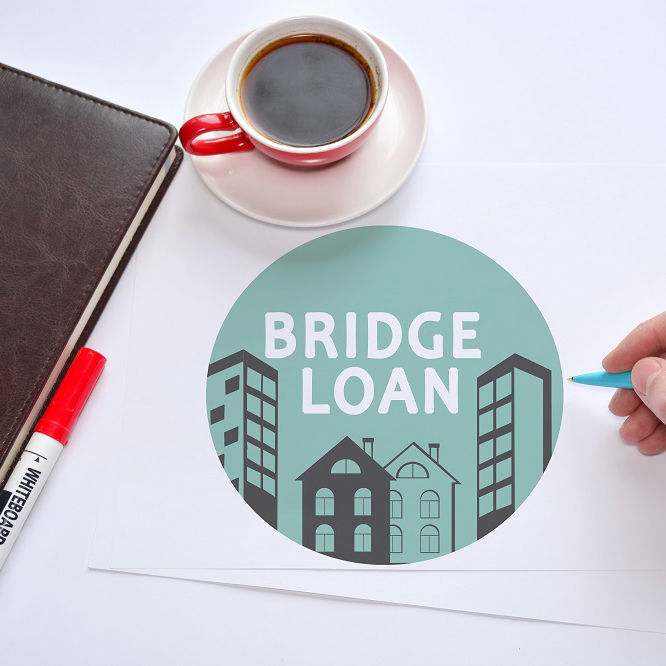SBA Bridge Loans

SBA Lending Is Traditional Bank Rate Lending Provide by Large Banks, Small Banks, Community Banks, Credit Unions and Non-Profit Community Lenders to Small Businesses as Part of The U.S. Small Business Administration’s Lending Program. The Government Will Approve Specific Lenders to Be SBA-Preferred Lenders, And Then Those Banks Will Provide Financing to Companies That Meet the Small Business Administration’s Definition of Small Business, And If They Meet Certain Financial and Business Criteria. In Return for Providing Financing to The Small Company, The SBA Agrees to Cover A Large Percentage of The Lenders’ Losses If the Small Business Fails to Repay the Loan. The Purpose of The Program Is to Increase the Availability of Funding to Small Businesses by Reducing the Lenders’ Risk, thus: Provide Quality Financing to Companies That Wouldn’t Get Approved for Financing Otherwise. SBA Loans Are Offered as Either A Term Loan Ranging From 3-25 Years or A Line-Of-Credit.
The SBA Lending Process Can Slow and Drawn-Out. Of All the Small Business Lending Options, An SBA Loan Requires More Paperwork, And the Approval Process Can Take Longer Than Any Other Form of Commercial Financing. Usually the Process Starts with A Lender Looking at A Company’s Financials as Well as The Owners Finances. All Owners With 20% Or More Of Equity Share in A Company Will Have to Submit Personal Financials to The Bank and The Small Business Administration in Order to Secure Financing.
After Submitting All Business and Financial Information to The Bank, The Lender Will Then Business Loan Application Checklist and Figure Out If the Company Meets the Most Basic Requirements to Qualify for Financing. Some of The Requirements Include:
In Order for The Lender to Start the Underwriting Process for SBA Lending, They Will Need Specific Documents to Figure Out What the Company’s Ability to Repay New Debt Will Be, As Well As Possible Savings by Consolidating and Refinancing Another Higher-Interest Debt. To Begin This Process, The Documents Lenders Would Need Are:
- 3 Years Business Tax Returns
- 3 Years Income Statements
- 3 Years Balance Sheets
- 3 Years Personal Tax Returns
- Schedule of Business Debt
- A/R And A/P Aging Schedules
- Personal Financial Statement
- Appraisals
Frequently Asked Questions
Get the Answers you Need to Common Questions About SBA Bridge Loans. Everything you need to know about SBA Bridge Loans and How your Business can Qualify.
